
Learn how much plumbers cost in Columbus, Ohio. Discover pricing for faucet repairs, pipe work, and emergency services, plus how you can save money.
Get your home's water supply pristine with a water purification system


Ion exchange is considered a powerhouse of filtration—it can even filter out limestone buildup.
Reverse osmosis filtration removes nearly all contaminants from water and is increasingly common in homes.
UV filtration is ideal in places where viruses and bacteria are a concern.
Granularly activated carbon (GaC) removes VOCs, but isn’t ideal for a whole-house system.
A local water specialist understands your tap water and can help you pick the solution that will work best in your home.
Are you looking for the best water purification method for your home? You may be on a mission to make your household's water healthier if you recently learned that you have hard water that is full of calcium, magnesium, and other minerals. Homeowners have never had as many options for getting softer, more delicious water. However, choosing the best fit for your home can be challenging. This guide to the different types of water purification will help get you on your way to making a decision.
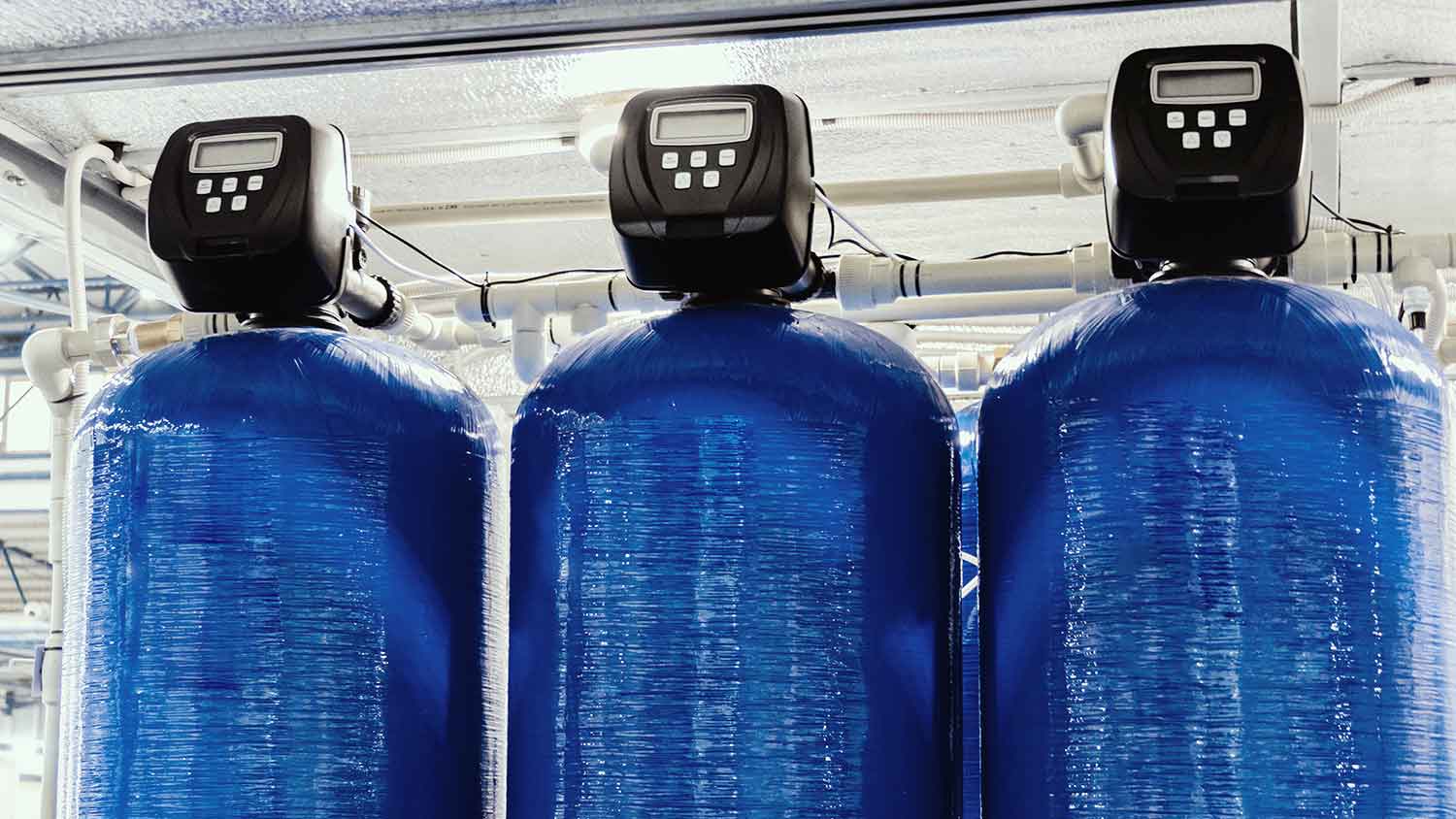
Best for Softening and Cleaning Water
Ion exchange filters are extremely popular because most people consider them powerhouses when it comes to filtering contaminated particles. Ion exchange filters are also terrific at removing limestone buildup. In fact, ion exchange is so effective that it's routinely used in commercial areas. While this is a great method for treating water, it is not a solution for how to remove calcium buildup in pipes that is already there.
Unlike systems that filter particles by removing them, an ion exchange filter swaps electronically charged solids and contaminated ions. During ion exchange filtration, resin beads trap contaminants, dirt, and debris in the water supply. These "bad" materials are then replaced by sodium ions that create clear, clean water.
Pros:
Dramatically improves water taste and odor
Filters many types of contaminated particles
Cons:
Expensive to install
Requires regular maintenance
Requires regular resin regeneration
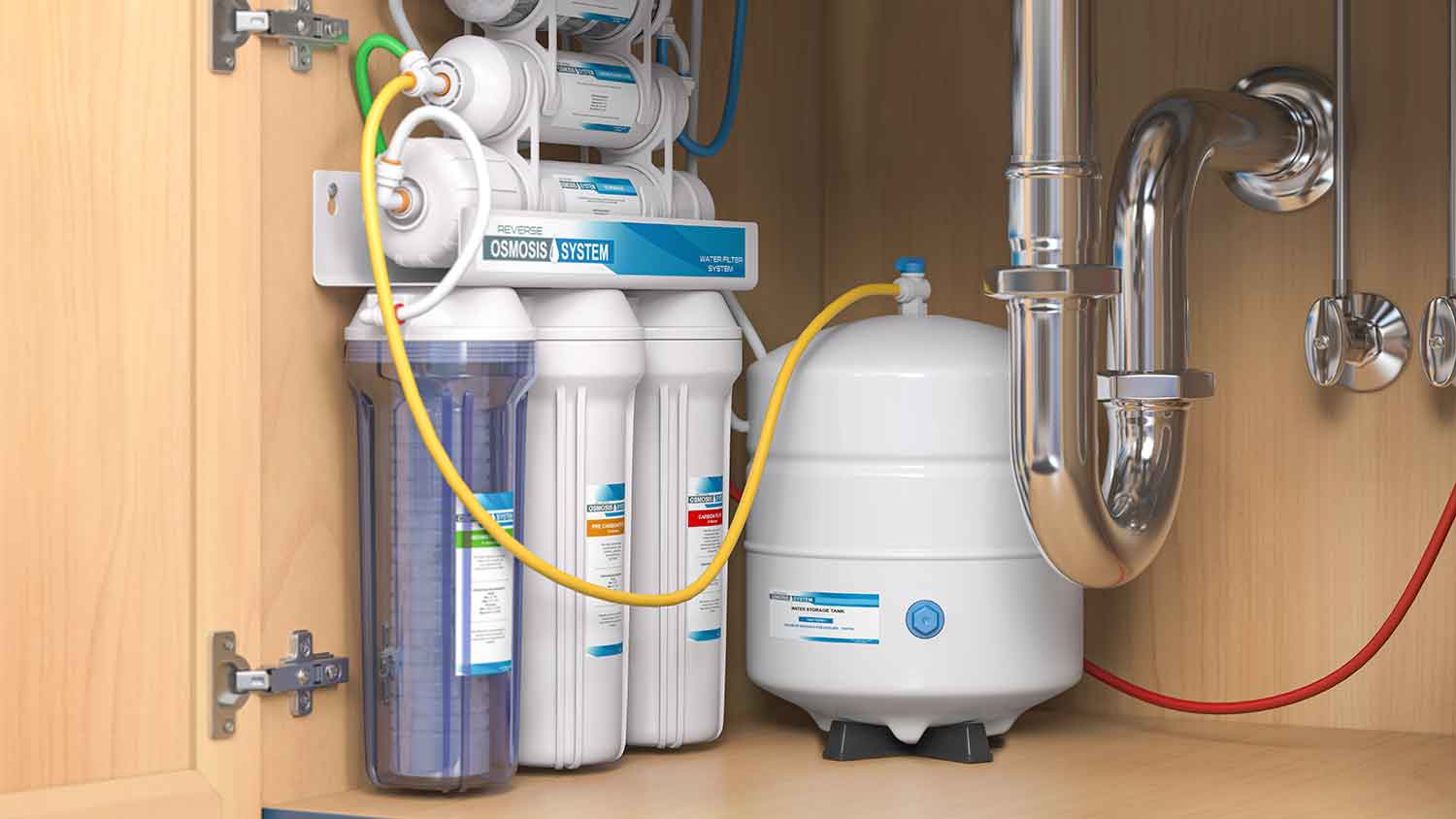
Best for Kitchens
Many restaurants and professional kitchens use reverse osmosis filtration because this option is known for producing water that is better for cooking. Its ability to remove nearly all minerals leaves chefs with a "clear canvas" for flavoring food. With this method, polluted water is forced through a membrane with a specific pressure level that is designed to "squeeze" out impure particles. Healthy, clean water that has been purified of calcium, magnesium, and other unwanted minerals is allowed to flow through to reach the faucet.
Pros:
Removes nearly all contaminants
Better results for cooking
Cons:
Known to remove beneficial minerals from water
Wastes more water than it produces
Pricier installation
Requires ongoing maintenance
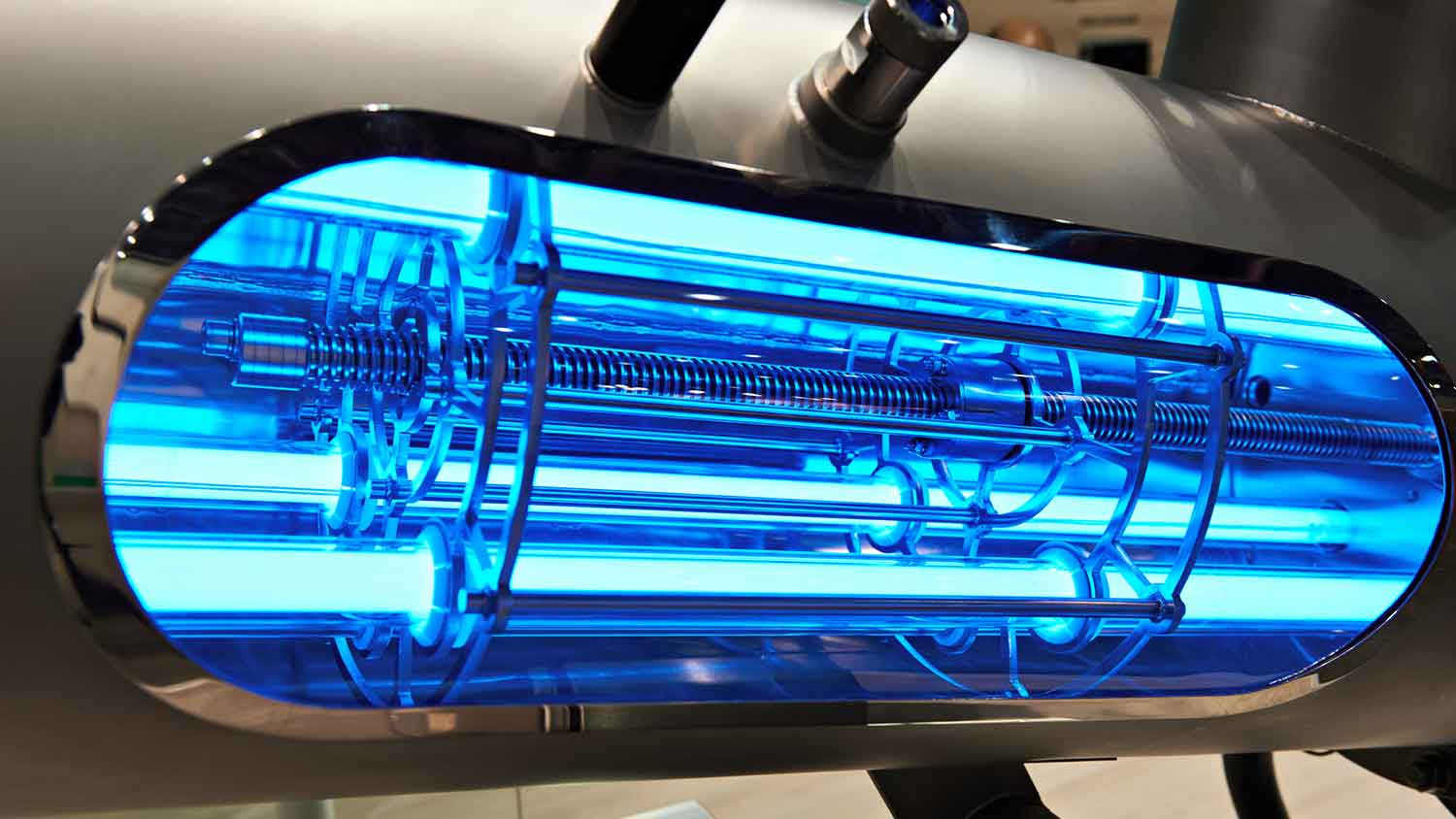
Best for Areas Where Bacteria and Viruses Cause Concerns
As people grow more aware of the dangers of viruses, bacteria, and other pollutants in water, the demand for UV water filters grows. UV filters purify water by exposing it to ultraviolet light. In fact, this system requires nothing more than a special light bulb that only needs to be replaced about once a year.
A UV filter attracts microbial cells and harmful substances in order to kill them. The result is clean, soft water. While UV filters can be great for filtering out worrying substances from drinking water, these filters often need to be used in conjunction with other filters if you want to filter out heavy mineral content from hard water.
Pros:
Filters bacteria, viruses, and dirt
Does not use chemicals
Virtually no maintenance required
Costs almost nothing to use
Cons:
Not effective for filtering out heavy particles
Often requires the use of a secondary filter to remove all impurities
Only works when electricity is running
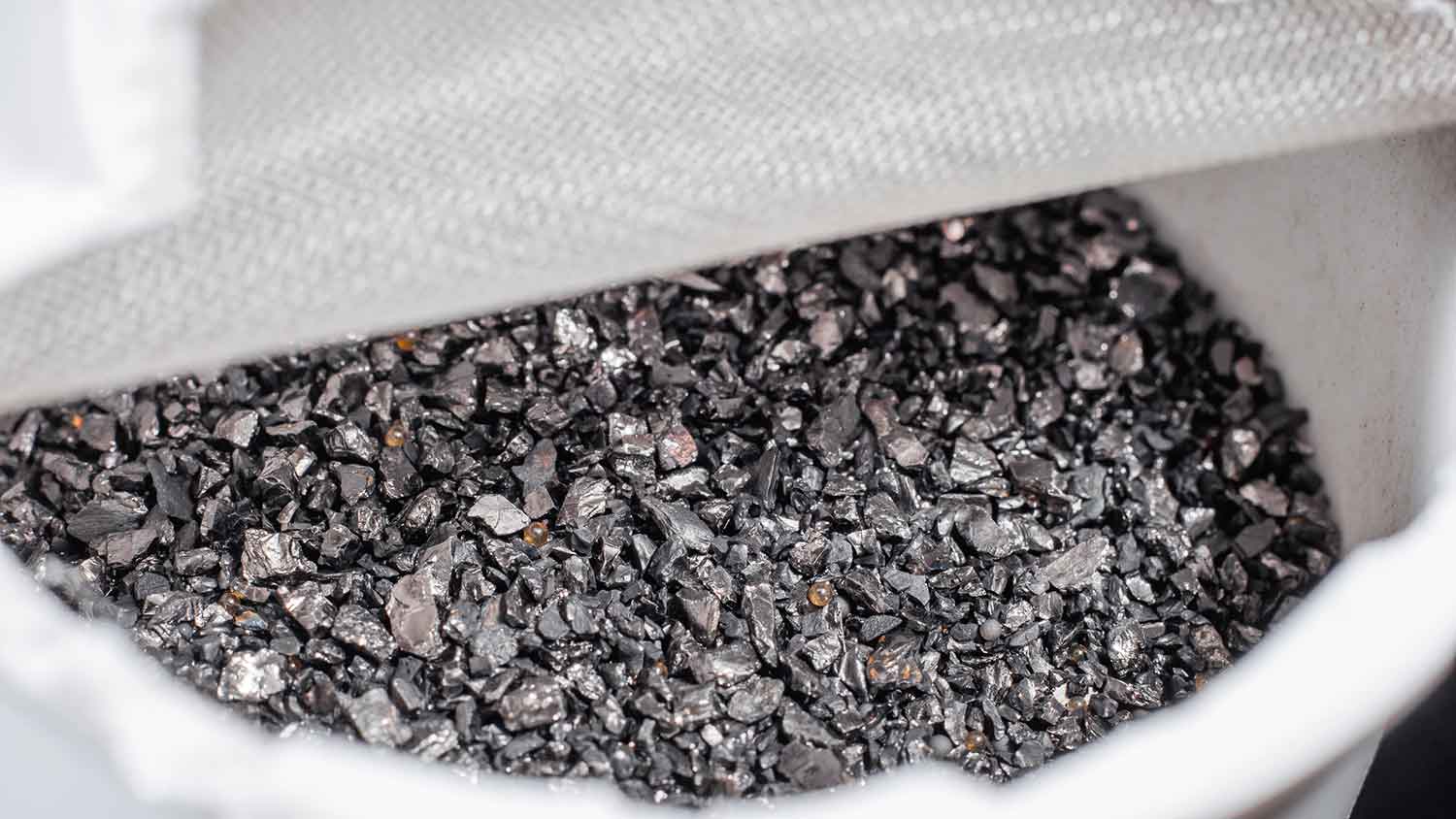
Best for Areas With High Amounts of Volatile Organic Compounds (VOCs)
GAC filters use highly absorbent charcoal granules to "catch" particles. While not as popular as other options, this technology is catching on for residential use. GAC filters are proven to remove organic chemicals from water. In fact, GAC technology has been shown to remove up to 99.9% of trichloroethylene (TCE), tetrachloroethylene (PCE), and other VOCs from water. Many homeowners choose GAC filters specifically because they want to remove chloride and chloramine from water. GAC filters can also remove sediment. GAC filtration can also be an attractive option if the water at your home has an unpleasant taste or odor.
Pros:
Removes VOCs
Removes odors and tastes from water
Efficient
Cons:
Not ideal for whole-house systems
Disposal of post-filtration contaminants can be difficult
Best for Removing Large Particles
Mechanical filtration is considered the basic method of removing suspended solids from water. It is ideal for particles, minerals, dirt, and chemicals. With this method, water travels through a mesh filter that separates particles using materials made from either floss or foam. Mechanical filtration is considered the best option for removing larger materials that are suspended in water. This includes clay, scale, silt, sand, and other types of organic matter.
Pros:
Great for large particles
No chemicals used
Cons:
Requires frequent cleaning
Not ideal for ultra-fine particles
Doesn't remove bacteria or viruses
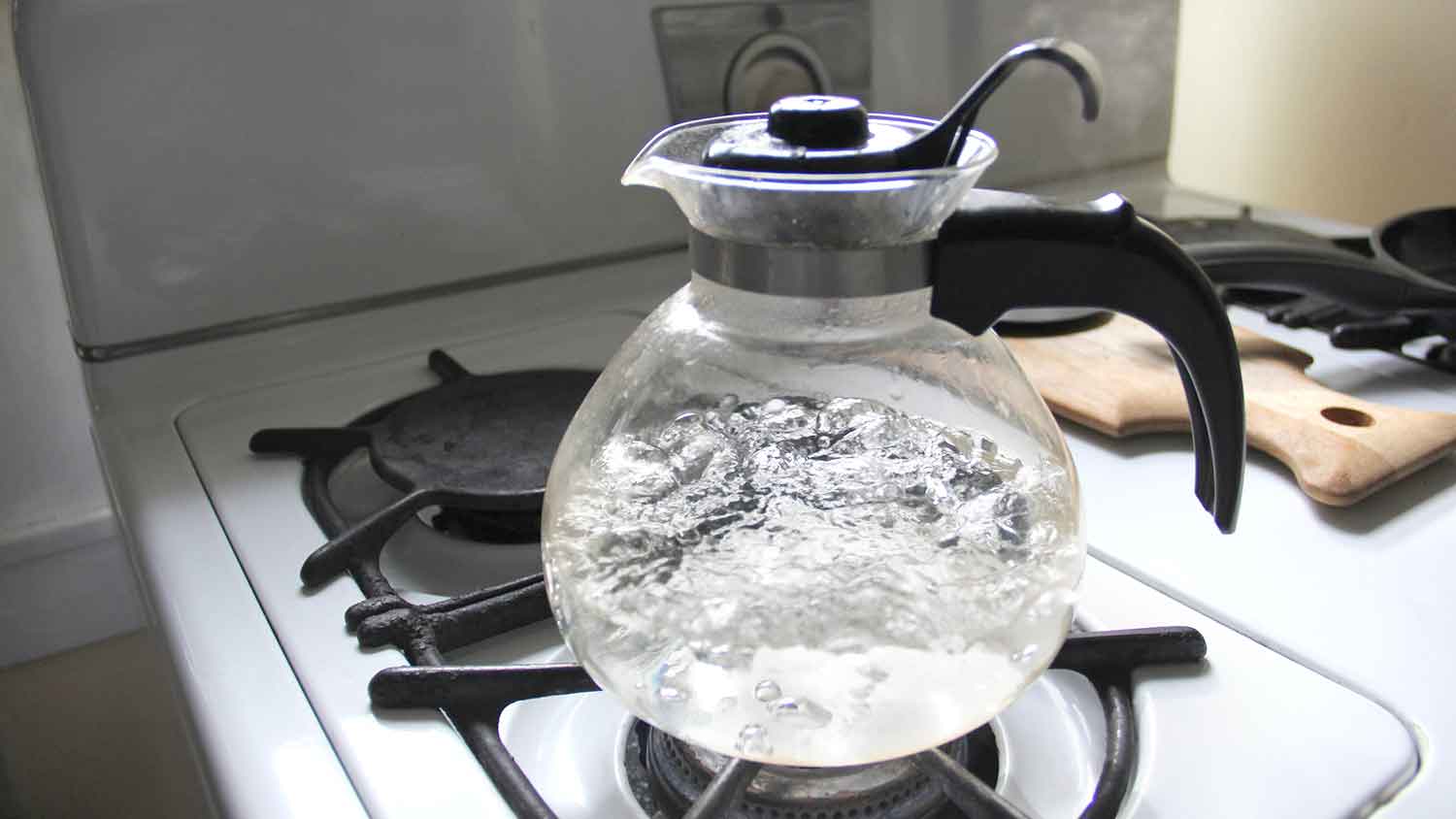
Best for Temporary Purification
If you're looking for a free way to purify water, boiling water is the go-to method that has been used for centuries. It's important to note that boiling your water for drinking and bathing isn't considered a sustainable option for having access to clean water. It should also not be thought of as a cheap water softener alternative. If there are concerns in your area regarding water quality due to an accident involving contaminants, it's important to follow all guidelines being offered by local officials when it comes to safe water consumption.
How do you purify water in your home using the boiling technique? When purifying water with boiling, clean water should be left at a roiling boil for up to 3 minutes after it has been brought to a full boil. Boiled water should be left covered as it cools down to reach a safe and pleasant drinking temperature. Water that has been properly boiled can be safely stored for several weeks.
Pros:
Free
Easy
Available on demand
Cons:
Creates risks for scalding
User error can result in contaminants remaining
Takes time and effort
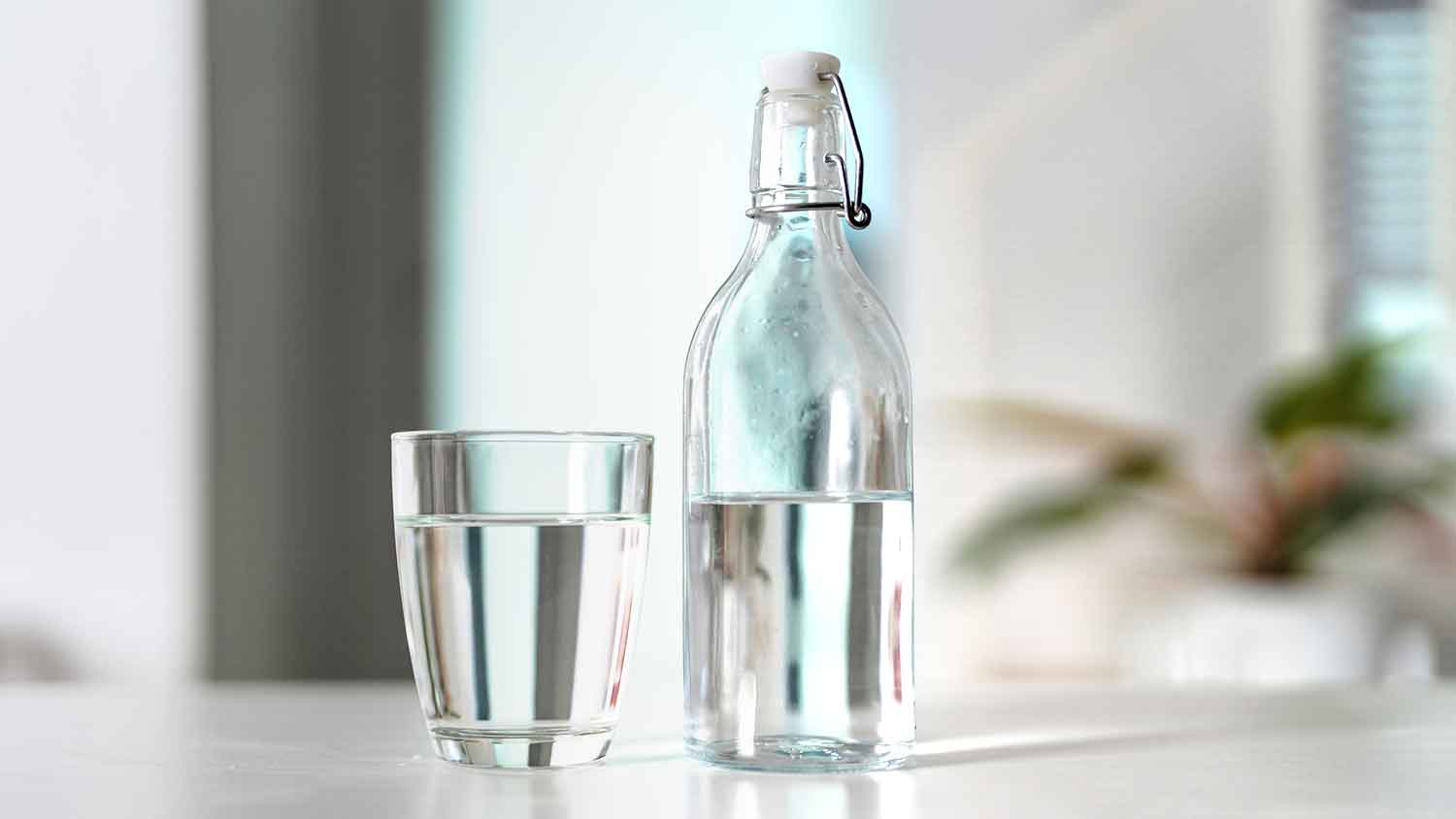
Best for areas where bacterial diseases are prevalent
Chlorine is used to purify water in areas where people are worried about E. coli and salmonella in the water supply. It is also effective for offering protection against parasites and other dangerous organisms. Chlorine tablets and liquid chlorine are both inexpensive and easy to buy. Unlike filtration options that require complicated installations and ongoing maintenance, chlorine purification products can be used on an as-needed basis.
Pros:
Cheap
Easy to use
Sanitizes water
May not last long enough to be effective
Cons:
Can be dangerous for people with thyroid conditions
Can create disinfection by-products in the water supply
While you may be motivated to get your home's water supply as clean and crisp as possible, choosing the right water purification system is not something that should be rushed. It's important to take time to truly understand the pros and cons of different types of water purification. In fact, your home's age, your location, and the state of your local water supply all play roles in determining which purification system can give you the best results.
It's also important to remember that water purification systems must be properly maintained in order to work as intended. Most systems require regular cleaning and filter changes in order to stay in working order. If you are seeking out a water purification system at your home because of concerns over local water quality, you should consider scheduling routine maintenance and inspections at regular intervals with a professional water company in your area.
The last thing you want to do is to create a false sense of security over your home's water supply. That's why you shouldn't add a purification system without first seeking expert advice from local water specialists. A pro will be able to provide advice regarding the best method for purification based on the known contaminants and chemicals in your area.
In addition, professionals can design and install water purification systems that will be effective based on the water usage habits in your household. Do I need a whole house water filter? The answer can depend on many different factors. Households with three to six members require systems with much higher capacities compared to homes with just one to two people. Finally, personal water usage habits will also influence the capacity level needed from a water purification system. When speaking with a water expert, be sure to share your habits regarding cooking, bathing, and laundry in order to provide an accurate estimate of weekly water usage.
From average costs to expert advice, get all the answers you need to get your job done.

Learn how much plumbers cost in Columbus, Ohio. Discover pricing for faucet repairs, pipe work, and emergency services, plus how you can save money.
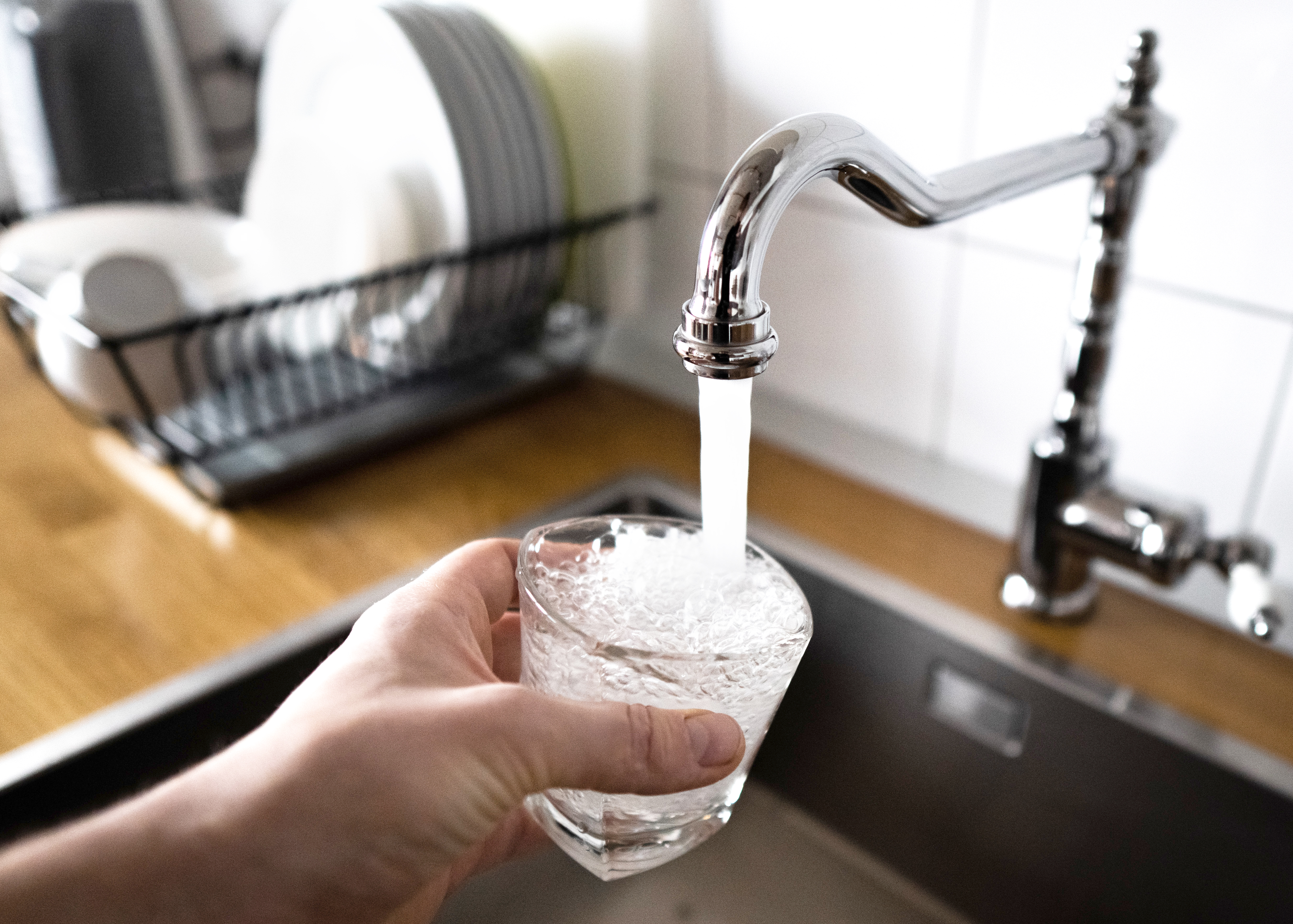
Learn about main water line repair costs in Columbus and what affects pricing to be prepared before you start getting estimates.
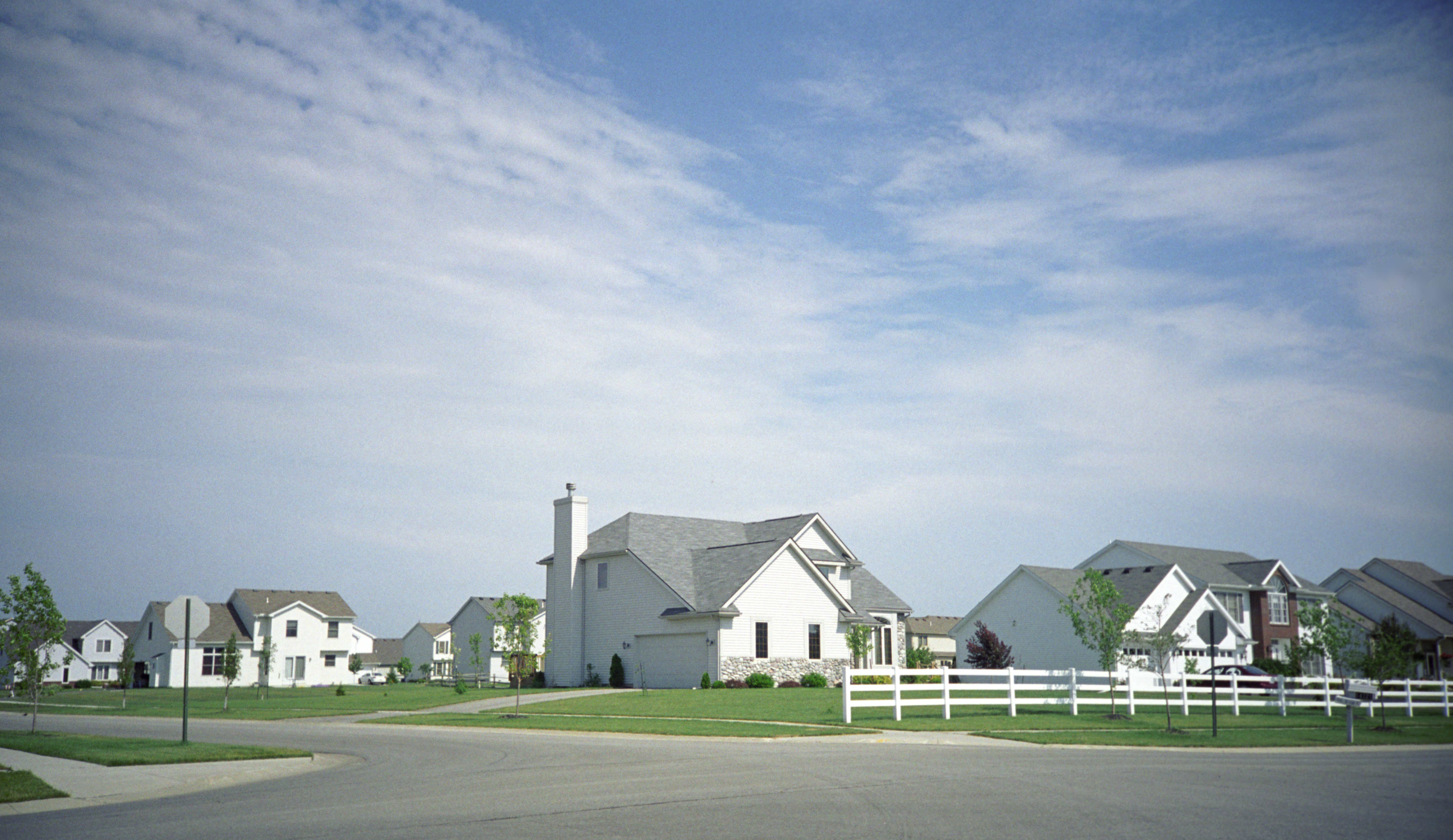
Discover the leading factors affecting your main water line replacement cost in Columbus, including length, material selection, and installation details.

Slow drains and foul smells are telltale signs of a clogged plumbing vent. Find out how to unclog a plumbing vent without getting on the roof in this guide.

Not sure who to hire for undermount sink repair? Countertop specialists are the best place to start, but plumbers may also be helpful.

Whether your outdoor spigot is leaking, damaged, or has unusual water pressure, learn how to replace a spigot valve in an hour or less.